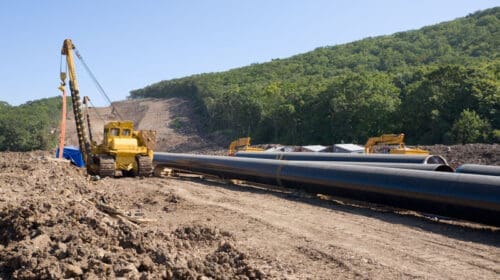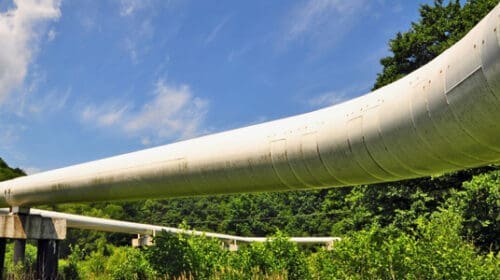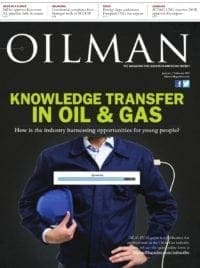The assessment of training, discipline, and leadership practices within the oil and natural gas industry affects organizational environments. The evaluation includes training programs, punishments, and various leadership approaches. At the same time, unassailable support highlighted in organizational behavior and emerging leadership models may appear complacent.
The oil and natural gas leadership approaches permeate the environment to unroil the autonomy of technology and organizational behavior. Based on research of the Roman army, various management styles will address a historic approach intertwined with modern-day management styles to maximize stakeholder value and increase morale and camaraderie, which leads the way to organizational creativity and innovation.
Training in various organizational environments depends on coworker camaraderie and arduous attempts to discover human ontology. Training is broken down into stages to arrange the employee from beginner to intermediate to expert. The first stage is physical strength and stamina. What is the use to an organization if the employee is not able to perform multiple tasks if stamina is not adequate?
Jim Collins writes in “How the Mighty Fall and Why Some Companies Never Give In” that any exceptional enterprise depends first and foremost upon having self- managed and self-motivated people.
Experience is needed next to perform tasks if appropriate training is not implemented for the particular job the employee is hired to do. A foundation of consistency is desired to breakdown organizational sludge and removes the harmful levels of organizational sediment (inadequate training and discipline programs).
The discipline of the oil and natural gas industry is demanding and constantly shifting to promote healthy organizational standards to meet and exceed policy and procedure variances along with revisions. Take, for example, Mark Antony, a leader of the Roman army and politician, who terminated to the death every tenth man of the cohort who knowingly allowed the adversary to take possession or profit in any way from their labor and apply this mindset to present day workers and count how many employees are standing ready for work the following morning.
This example is not the case now, as organizations may disqualify a certification, such as operator’s qualifications, welding qualifications (plastic or steel), sent home, or fired. A pecunaria multo, or better known as docking of pay, may be implemented to decrease a severe punishment, while organizational ‘death’ may be avoided.
Jeremy Fields, area planning manager at John Christner Trucking, said “one of the most important items I stress is consistency. Consistency develops muscle memory and streamlines efficiencies. I have always found it important to train individuals to be as consistent in their operation as possible. This goes from leaving their phone on their desk in the same place and all the way down to where they position their stapler. The less one has to commit to thinking about the straightforward task, the more they can commit to the task at hand.”
The oil and natural gas organization now has the opportunity to maximize leadership behaviors, styles, and various leadership powers by maximizing pipeline pilum.
Pilum was a Roman legionary practice of souring a javelin of about two meters in overall length a distance of about 20 feet to overcome the enemy to add to the legionaries’ combat arsenal. The pilum practice consisted of two parts: how to throw it and how to receive it.
This technique would improve with repetition and eagerness to increase one’s ability as a Roman soldier. Pilum practice is needed to acquire the results of each organizational goal while increasing the oil and natural gas industry talent pool. Josh Peak with Peak Enterprises said to “empower and equip people to create a culture of innovation” will aid the organization to avoid the capitulation of organizational death.
The ability to increase strength and stamina will lead to a fully trained and qualified pipeline environment consisting of multifaceted employees possessing the tactics to go the distance with consistency. Josh continued to add to the impending opportunity of employee latitude to create a solid foundation of organizational assets.
The modern day pipeline employee has the path to achieve a whole new level of training, discipline, and flow to organizational greatness through each identified stage. Innovation is the next area of discussion to correlate work approaches through arduous implementation of organizational training, discipline, and practice techniques.
The science behind the innovation will incur within each oil and natural gas environment. The energy sector would be well-served to consider what drives the innovation while supporting the vast area of possibilities if the proper formation is achieved.
Mike Thomas is a Doctor of Management candidate at The University of Phoenix in Organizational Leadership with over 16 years of pipelining experience. He is currently a pipeline inspector in the northeast region of Oklahoma. His expertise encompasses pipeline safety, integrity, and inspection for assorted pipeline clients.








